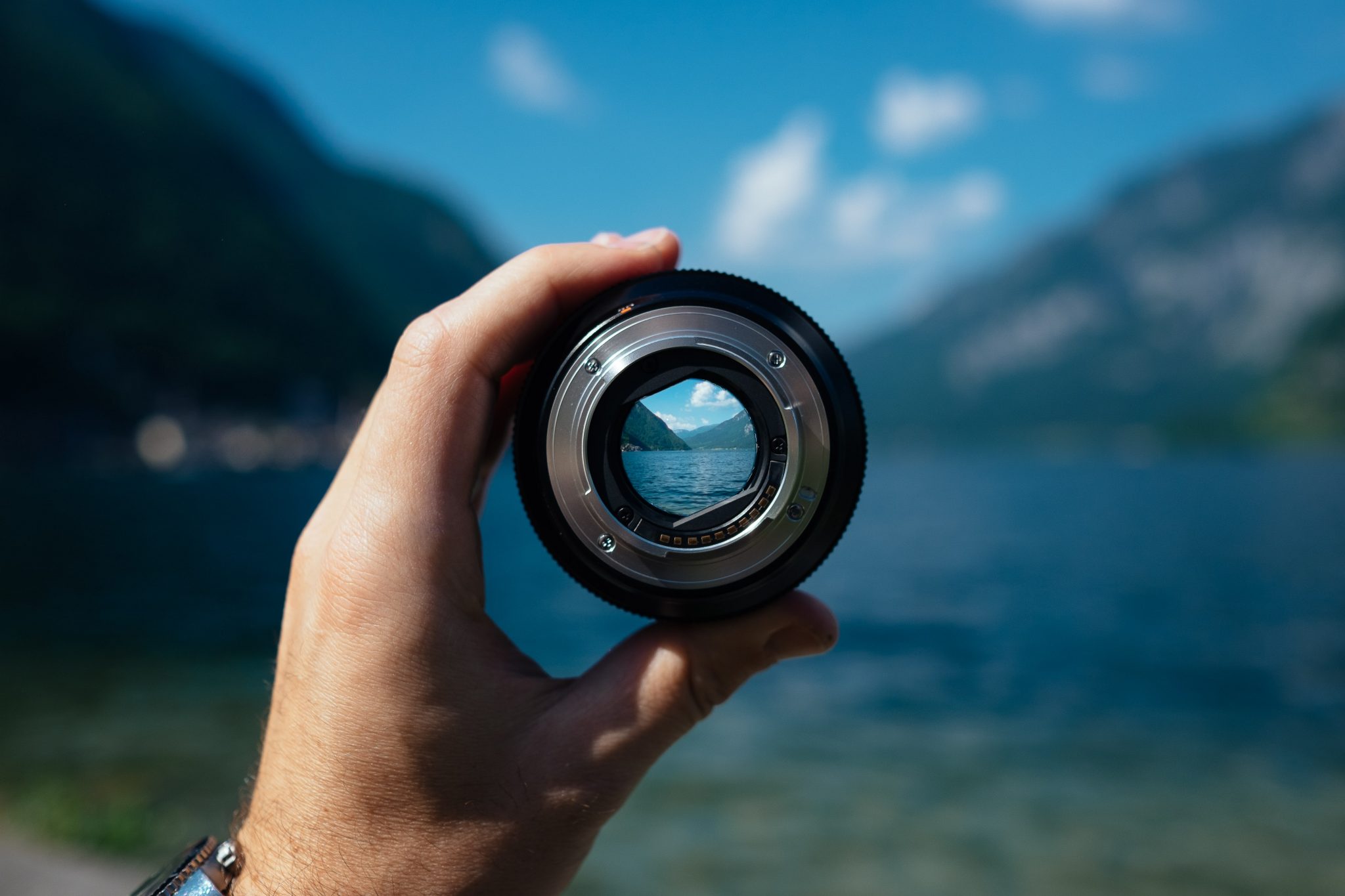Photography can be a fun and creative outlet for all kinds of people. Whether you are a professional or a hobbyist, there are plenty of ideas to explore when it comes to photography. From landscapes to street photography, you can find something that interests you and start capturing amazing shots.
You can also experiment by combining different techniques, such as long exposure and light painting, to create something unique. You may also want to try different angles, different lighting, and different subjects to get creative. With some creativity and practice, you can create stunning photos capturing a moment. For more details click here.
Here are some different types of photography:
1. Abstract Photography:
Take photographs that focus on lines, patterns, shapes, and textures. Look for interesting shapes and compositions in everyday settings and objects.
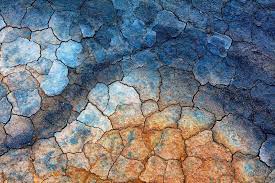
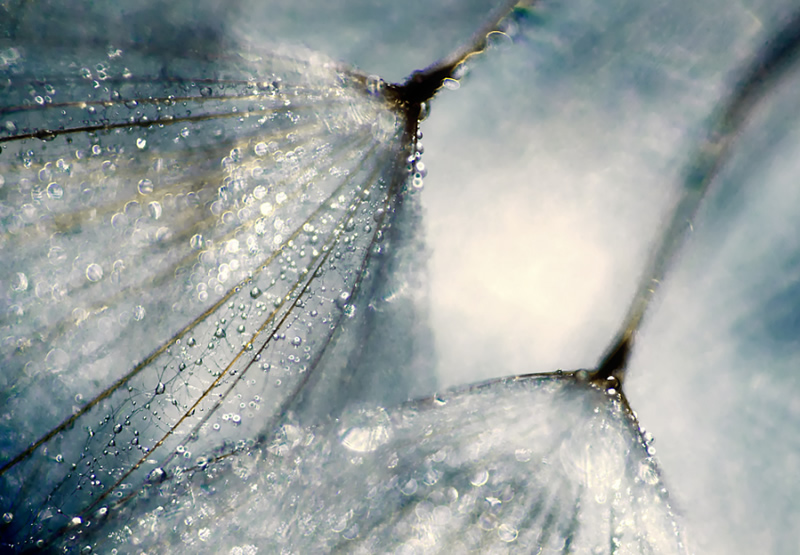
Abstract photography is a form of photography that doesn’t necessarily rely on the literal representation of a subject. It is one of the different types of Photography. Instead, it focuses on using shapes, colors, and textures to create a unique image. Abstract photography emphasizes the manipulation of the elements of photography to express a concept or emotion.
Most abstract photographs are made by either distorting the reality of a scene or by creating something entirely new. Abstract photography often focuses on playing with contrast and color. This can include the use of high-contrast black-and-white images, or the juxtaposition of solid colors to create an unusual image. Abstract photographers often work by trial and error, experimenting with different techniques to achieve their desired effect. This could include the use of light and shadow, or the manipulation of elements within a scene to create a different, unexpected look.
Abstract photography can also be used to convey a feeling or idea. By playing with both light and color, an abstract photographer can create an image that conveys a particular emotion or concept. This type of photography also encourages viewers to let go of the literal interpretation of an image and to find their own interpretation.
Abstract photography is an incredibly versatile genre, and it can be used to create a wide range of images. Experienced photographers can use abstract photography to create works of art, while beginners can use it as a way to explore and experiment with different techniques. Ultimately, abstract photography is a great way to express yourself creatively and create unique and beautiful images.
2. Street Photography:
Take photos of people in their everyday settings. Capture the hustle and bustle of city life.
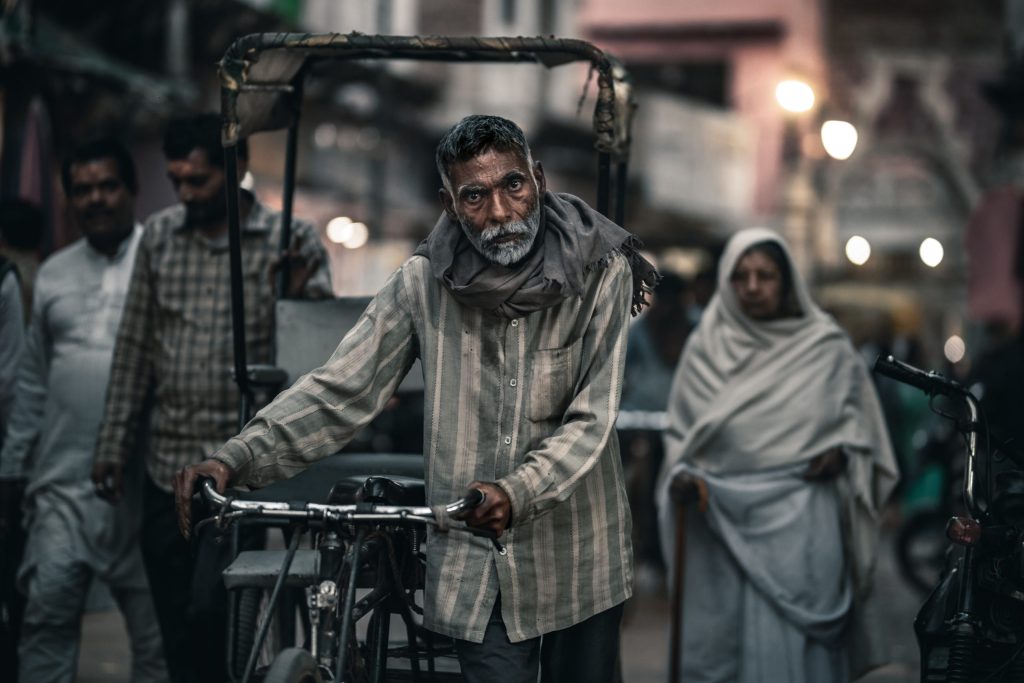
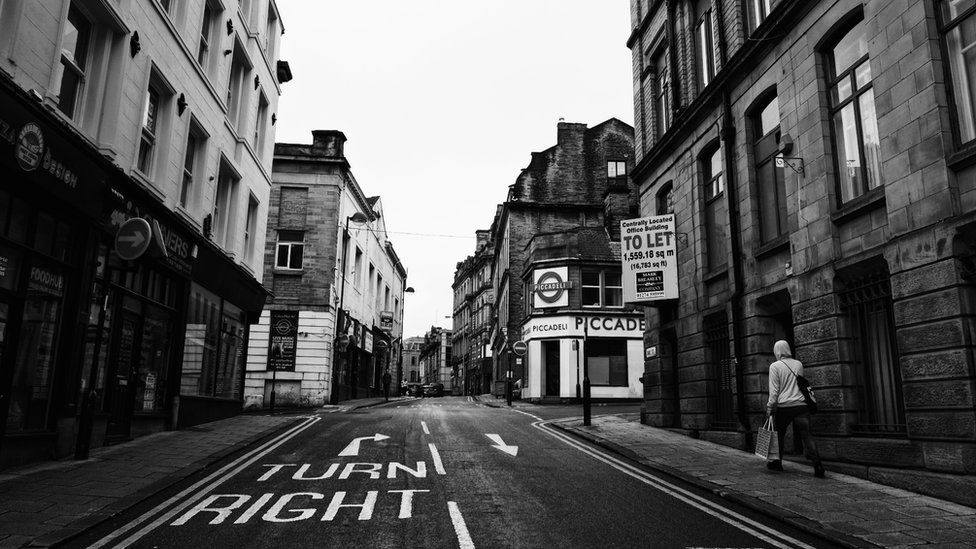
Street photography is a genre of photography that captures the life of a city or town. It is one of the different types of Photography. It is typically taken candidly, without permission, and captures the everyday moments of people going about their lives in public. Street photography is often seen as a form of social documentation, providing a record of the city or town’s people and culture.
Street photography can be taken in a variety of ways. Some photographers prefer to take photos from a distance, unobtrusively capturing everyday moments. Others like to get up close and personal, engaging with the people they are photographing. It can be done with any camera, from high-end digital SLRs to low-end point-and-shoot cameras.
Street photography can be a great way to capture the spirit of a place. It is a way to capture the energy of a city or town and to document its people and culture. It can be a great way to tell a story, to capture moments that would otherwise be forgotten.
Street photography can be a challenging genre, as the photographer often has limited time and access to the subject matter. It is essential to be aware of the laws in the area, as street photography is often seen as a form of invasion of privacy. It is essential to be respectful of the subjects and to be aware of the social norms of the area.
Street photography can be a rewarding and powerful form of photography. It is a way to capture the beauty, culture, and energy of a city or town. It is a way to tell a story, document a moment in time, and capture a slice of life.
3. Macro Photography
Capture the details of small objects and everyday items.
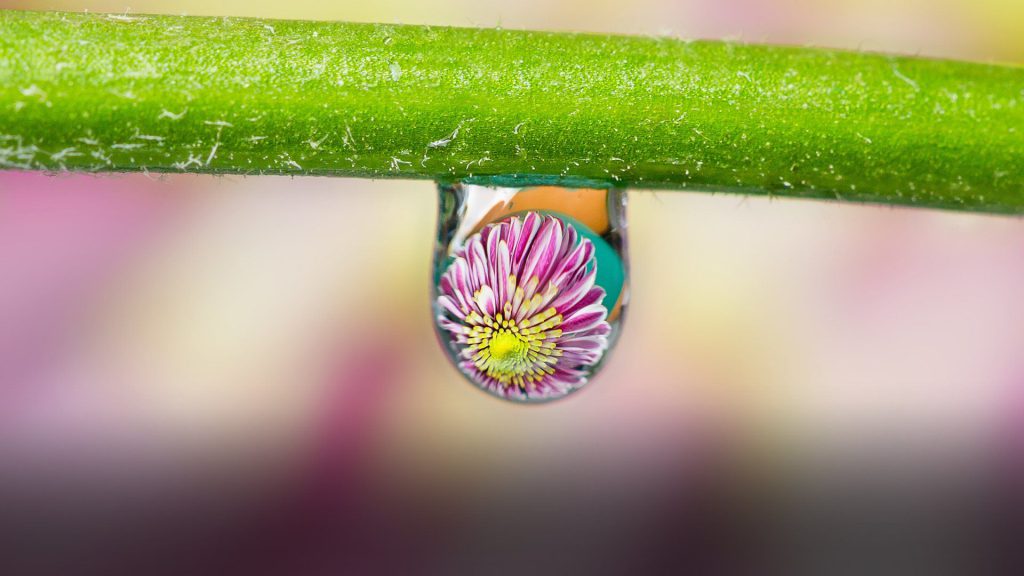
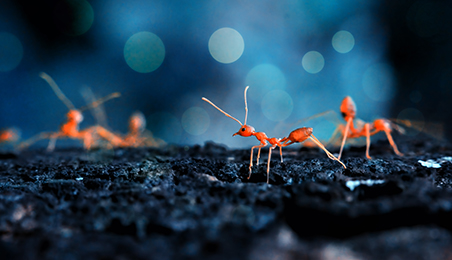
Macro photography is a type of photography that focuses on capturing extremely close-up images of small objects. It is one of the different types of Photography. Macro photography is typically used to capture images of insects, flowers, plants, and other small objects that are often too small to be seen with the naked eye.
Macro photography can be used to capture both natural and man-made objects, making it a versatile form of photography. When shooting macro photography, a photographer will typically use a macro lens to capture the smallest details.
Macro lenses come in different focal lengths, allowing photographers to be able to capture the smallest details from a wide range of distances. Macro lenses also feature an adjustable focus ring that allows the photographer to adjust the focus of the lens to capture the most accurate details in the image. In addition to macro lenses, photographers also use macro flash units to illuminate the subject of their macro photography.
Macro flash units are designed to deliver a bright, focused light to the subject, allowing the photographer to capture the finest details in the image. Macro photography can be used to capture stunning images of small objects, showing details that can’t be seen by the naked eye. Many photographers use macro photography to capture the finest details of nature, from the intricate patterns of a flower petal to the tiny hairs of a bee’s wing.
Macro photography can also be used to capture the intricate details of man-made objects, from coins to circuit boards. No matter the subject, macro photography allows photographers to capture the smallest details of the world around them, allowing them to create stunning images that capture the beauty of the natural world.
4. Landscape Photography:
Capture the beauty of nature in all its forms. Explore different settings, such as forests, mountains, lakes, and coasts.
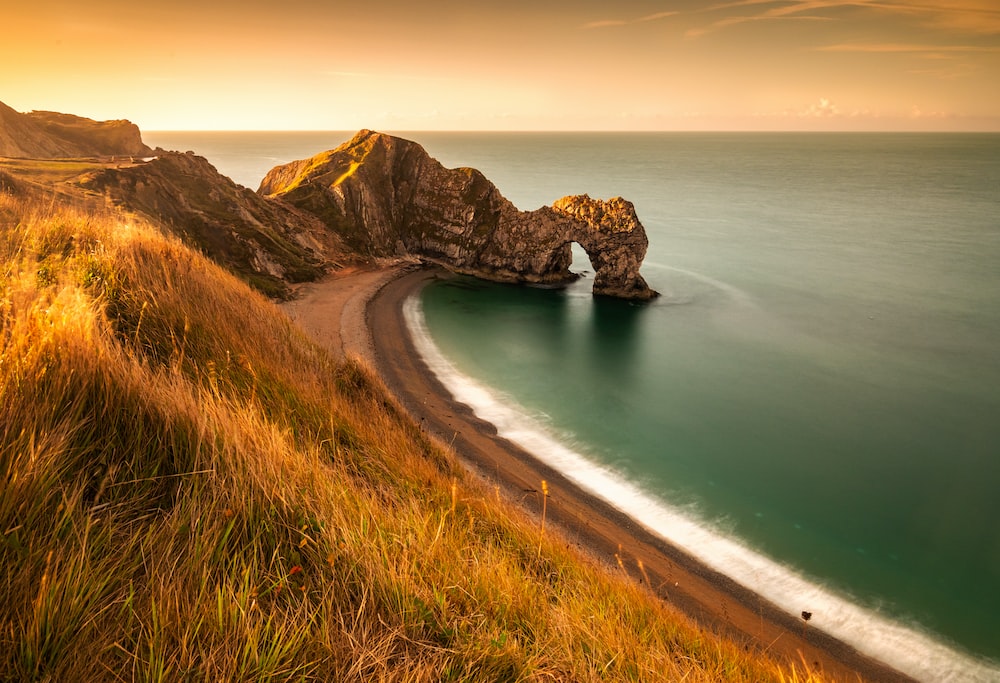
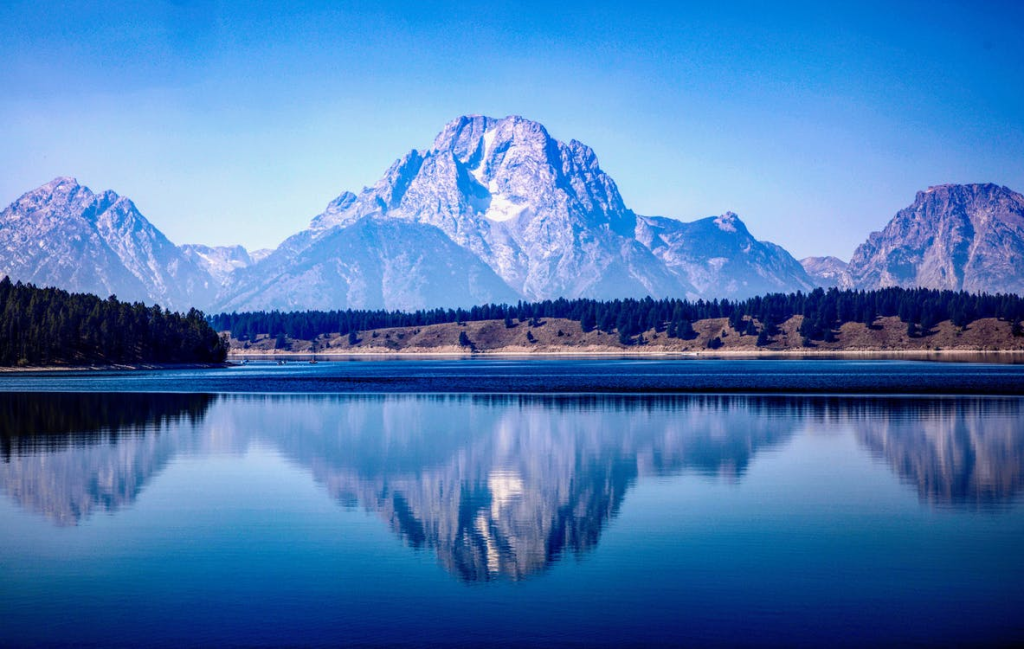
Landscape photography is a genre of photography that focuses on capturing the natural beauty of the land. It is one of the different types of Photography. It encompasses a wide range of subjects, from sweeping vistas to intimate close-ups, and can be captured in any season or time of day.
Landscape photographers seek to capture the beauty and character of the land, telling a story without words. Landscapes can be divided into two main categories: wide-angle and telephoto. Wide-angle lenses allow photographers to capture large scenes with a greater field of view, while telephoto lenses are best suited to capturing distant details. The type of lens used will depend on the desired look and feel of the image.
When shooting landscapes, the photographer should pay attention to the light and shadows, and use the light to their advantage. Using light to create contrast, texture, and interest in the scene can help create a more powerful image. Composition is also an important element of landscape photography. As with any other type of photography, the photographer should consider the placement of the elements in the frame, and look for ways to create a balanced and interesting composition.
Finally, post-processing is a key part of landscape photography. Post-processing can help enhance the colors and contrast, and can also be used to correct any exposure issues. Landscape photography is a rewarding genre of photography, and with practice and dedication, it’s possible to capture amazing images that tell stories in a single frame. 10 simple tips for better landscape photography.
5. Portrait Photography:
Capture the personalities and emotions of those you photograph.
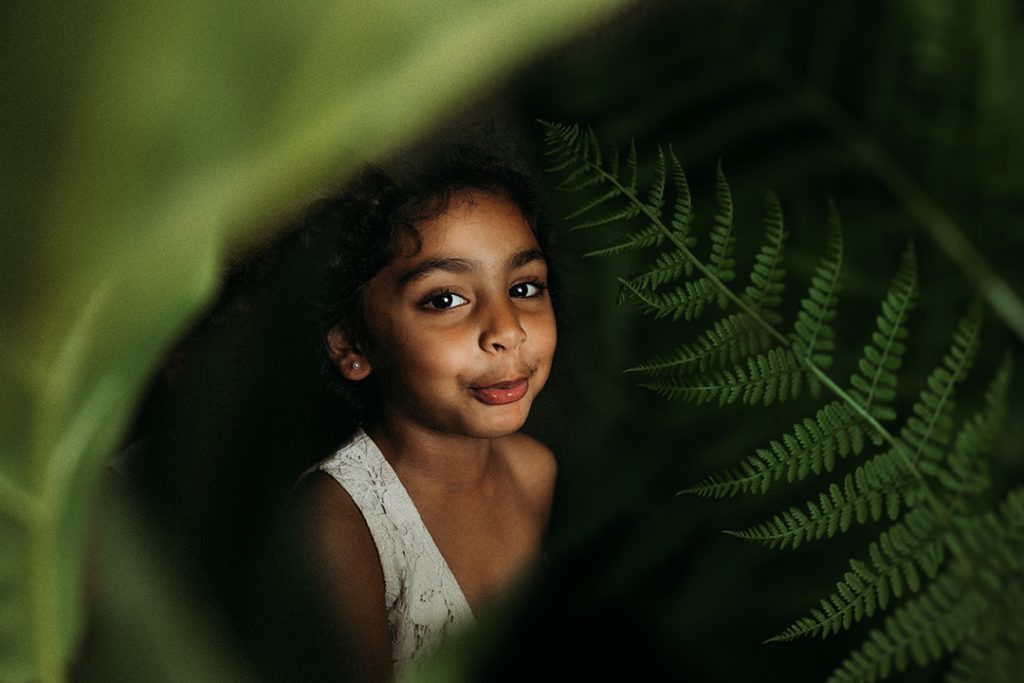
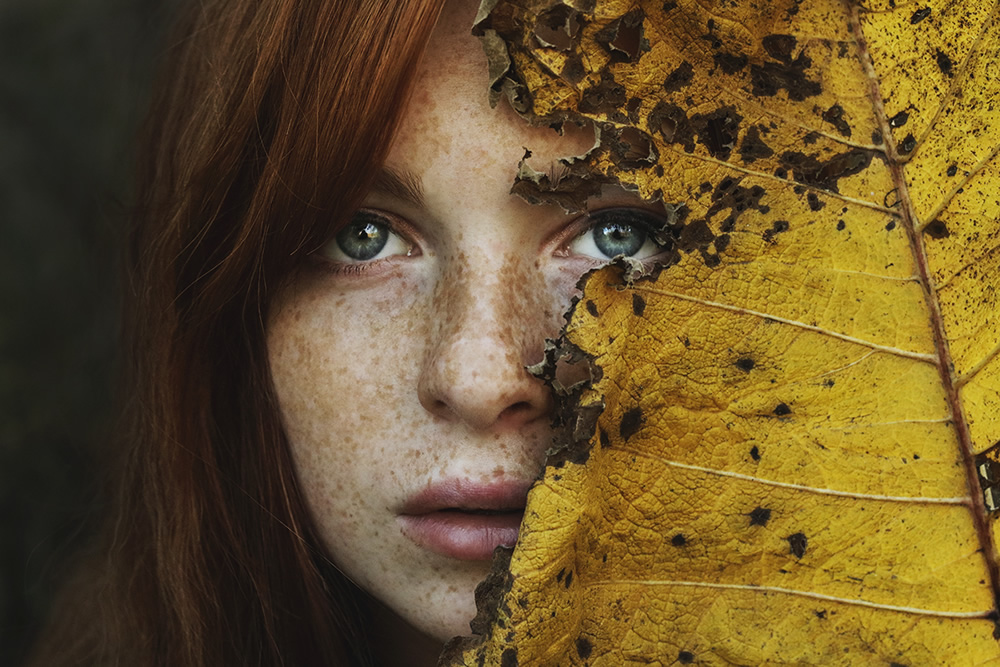
Portrait photography is a type of photography that focuses on capturing the personality and expression of a person or a group of people. Portrait photography covers a wide range of photographic styles, from traditional poses to more contemporary and candid styles. It is one of the different types of Photography. It is often used in family albums, business profiles, and magazines.
Portrait photography requires the photographer to be able to capture the essence of the subject in a single image. The photographer must be able to capture the subject’s personality, emotions, and character. The photographer must be able to read the subject’s body language and facial expressions and capture it in a single frame.
Portrait photographers must have a good understanding of lighting and composition. Lighting can make or break a portrait, and it is important for the photographer to be able to create the right atmosphere and mood. Composition is also important in portrait photography, as it helps to emphasize the subject’s features and create the desired effect.
Portrait photography is a very rewarding genre of photography. It allows photographers to capture the true essence of their subjects and create beautiful works of art. It is a great way to capture memories and special moments in time.
6. Night Photography
Capture the beauty of the night sky and the city lights.
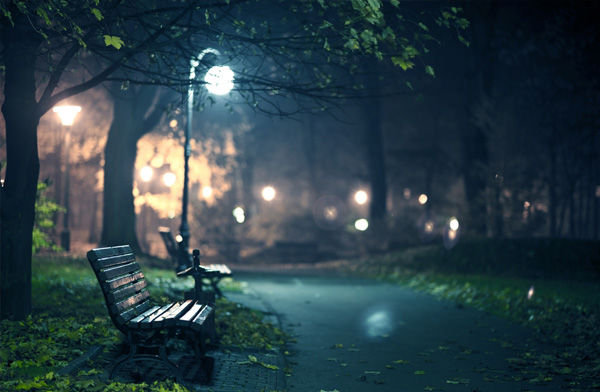
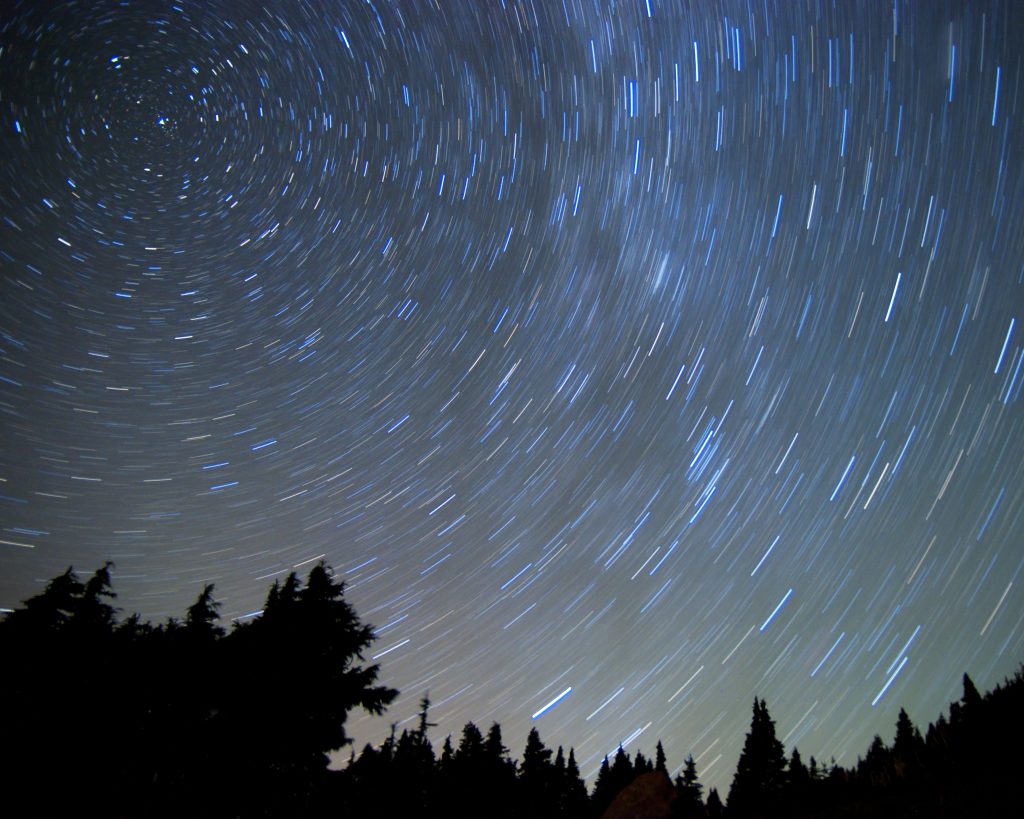
Night photography is a type of photography that is taken in low-light settings, often after dark. It is one of the different types of Photography. It can be used to capture a wide variety of subjects, from the stars in the night sky to illuminated cityscapes. Night photography requires a different set of techniques than daytime photography, as the photographer must account for the lack of natural light.
One challenge of night photography is that the camera must be set up to capture the faint light of the night sky. To do this, the photographer must select a high ISO setting and a wide aperture to maximize the amount of light that the camera can capture. Additionally, a slow shutter speed will be necessary to allow the camera to capture the long exposure times necessary for night photography.
In addition to altering the camera settings, the photographer must also use a tripod to ensure that the camera remains steady during the long exposure. As night photography can be difficult to plan and execute, it is important to be familiar with the locations and conditions in which you will be shooting. This will help you to determine the best settings and equipment for the shot.
Night photography can be a rewarding and exciting experience. With the right planning, equipment, and technique, you can create stunning images of the night sky and illuminated cityscapes.
7. Wildlife Photography:
Capture the beauty of animals in their natural habitats.

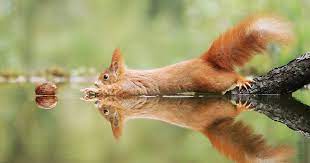
Wildlife photography is a type of photography that captures the beauty and diversity of nature and the wild animals that inhabit it. It is one of the different types of Photography. As a wildlife photographer, you’ll capture images of animals in their natural habitats, as well as in captivity, in zoos, and in other areas. It’s a great way to get outdoors and get up close to the wildlife while also creating stunning images.
Wildlife photography requires patience, skill, and the right equipment. You’ll need a camera with a good lens and the ability to adjust shutter speed, aperture, and ISO. You’ll also need a tripod to help stabilize your shots and a telephoto lens to get close-up shots. Lightweight gear is also important for easy transport. When taking photos of wild animals, safety is key.
Make sure to stay a safe distance away and never approach or disturb the animal. It’s also important to be aware of the animal’s behavior and to be prepared to leave the area if it looks like the animal is becoming agitated. When photographing wildlife, it’s important to think about composition, lighting, and timing. It’s also important to be aware of the background and any potential distractions.
Wildlife photographs often work best when the animal is the main focus, so keep that in mind. Wildlife photography can be a rewarding and exciting experience. With the right equipment and knowledge, you can create stunning images that capture the beauty and diversity of nature.
8. Adventure Photography:
Capture the excitement and beauty of outdoor adventures.
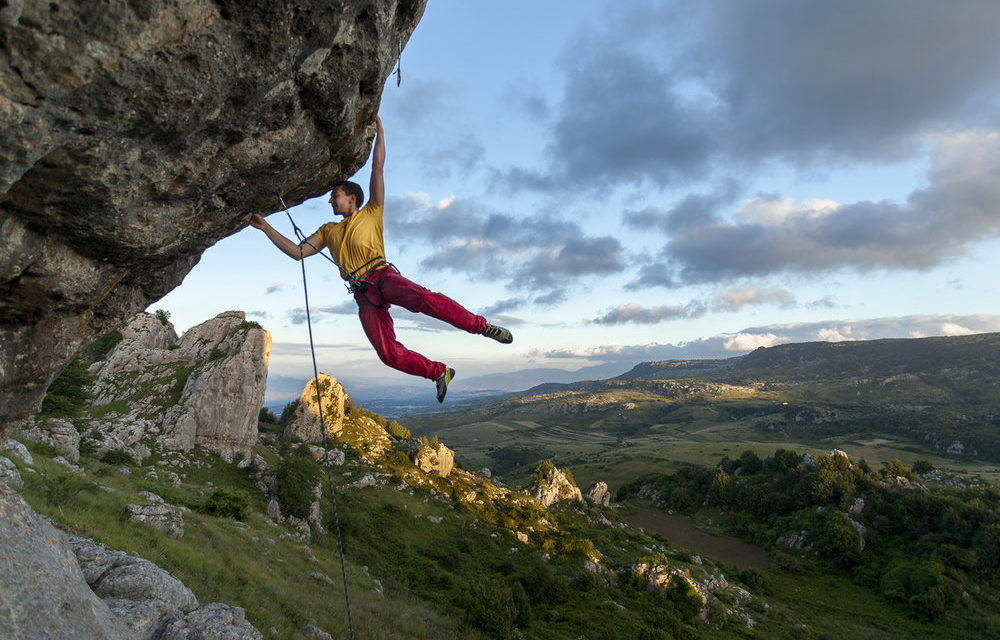
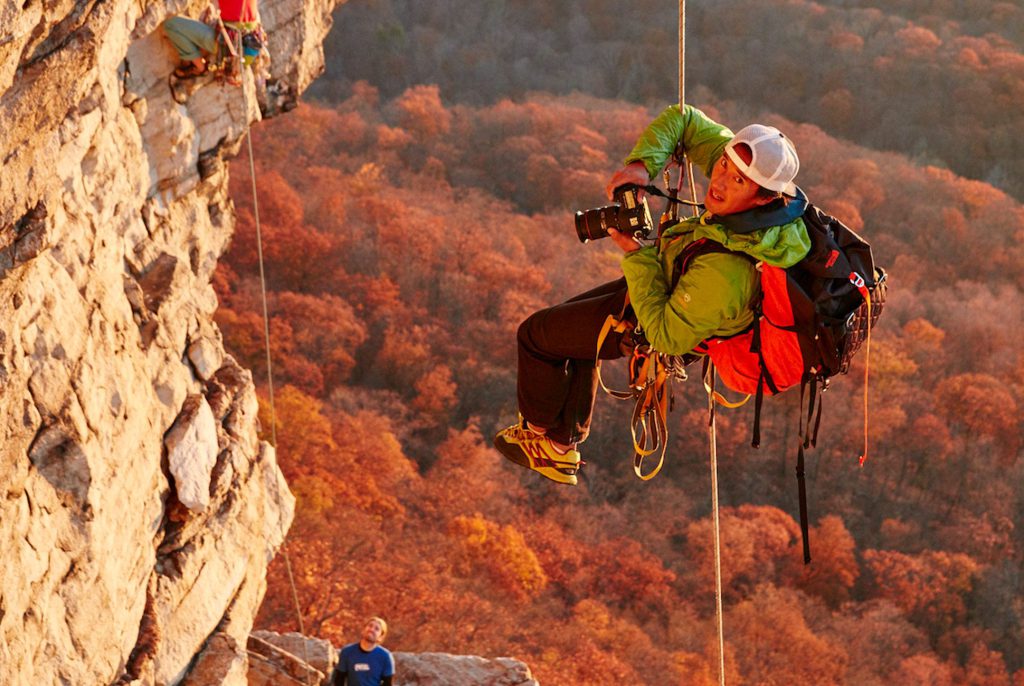
Adventure photography is the art of capturing images that tell the story of an adventure or outdoor experience. It is one of the different types of Photography. It can be anything from trekking through a forest to white water rafting to summiting a mountain peak. It usually involves a lot of physical activity and is often done in remote or difficult-to-access locations.
Adventure photography is all about capturing the beauty of the outdoors and the thrill of conquering a wild environment. Adventure photography requires preparation and knowledge of the environment and equipment. It can involve the previsualization of the images you want to capture and planning for the best time of day to shoot. It may also involve scouting out potential locations, researching weather conditions, and choosing the right equipment.
Adventure photography often requires specialized equipment, such as waterproof cameras, rugged tripods, and lenses that can handle low-light conditions. A photographer needs to be aware of the environment and the limitations that come with it. For example, in cold weather, it is important to protect yourself and your equipment.
Adventure photography is a great way to capture the beauty of nature and the thrill of an outdoor experience. It requires skill and knowledge, as well as physical preparation and the right equipment. With a little bit of planning and the right tools, anyone can capture amazing images and tell the story of an adventure.
9. Still Life Photography:
Capture the beauty of everyday objects and settings.
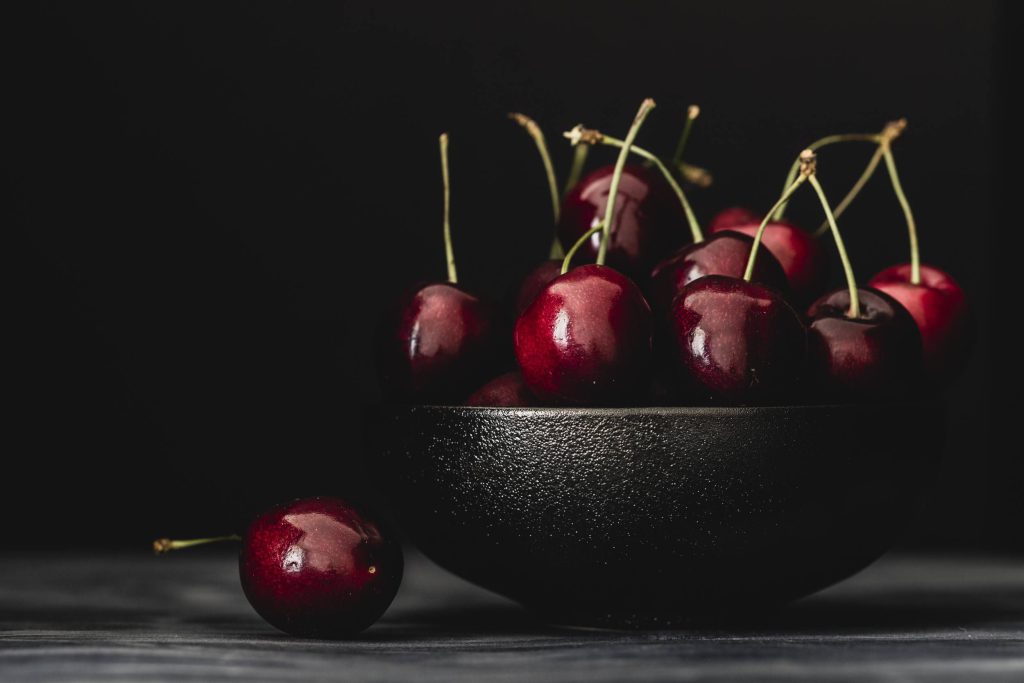
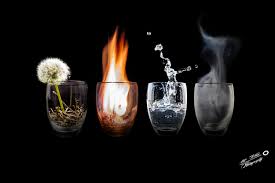
Still-life photography is a type of photographic art that focuses on capturing an inanimate object or group of objects in an aesthetically pleasing composition. It is one of the different types of Photography. It is a creative form of photography that allows photographers to express their individual styles and explore their creativity in a unique way.
In still-life photography, the photographer often uses a tripod and a selection of lighting equipment to capture beautiful light and shadows. They also use a range of props and backgrounds to create interesting compositions. The photographer may also use various lenses to create different perspectives and angles. The subject matter of still-life photography ranges from everyday objects to highly detailed and intricate items.
Photographers may choose to use food, flowers, jewelry, toys, or any other item to create a one-of-a-kind image. They often combine objects with creative lighting and composition to create an eye-catching image.
Still-life photography can be used to tell a story, convey a message, or simply showcase a unique item. It is a great way to capture a moment in time and bring it to life.
The beauty of still life photography is that it allows the photographer to be creative and explore their unique vision and style.
10. Architectural Photography:
Capture the beauty of buildings, both old and new.
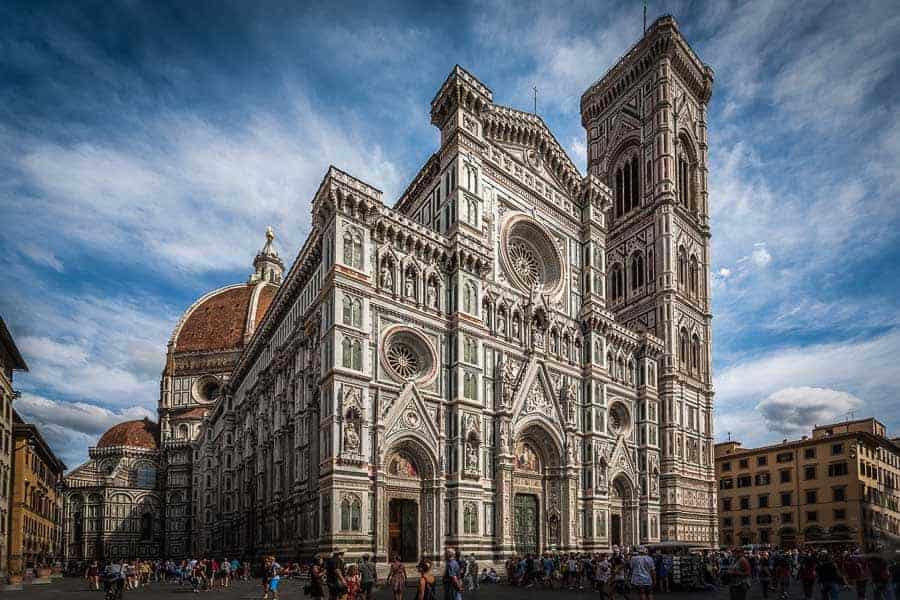
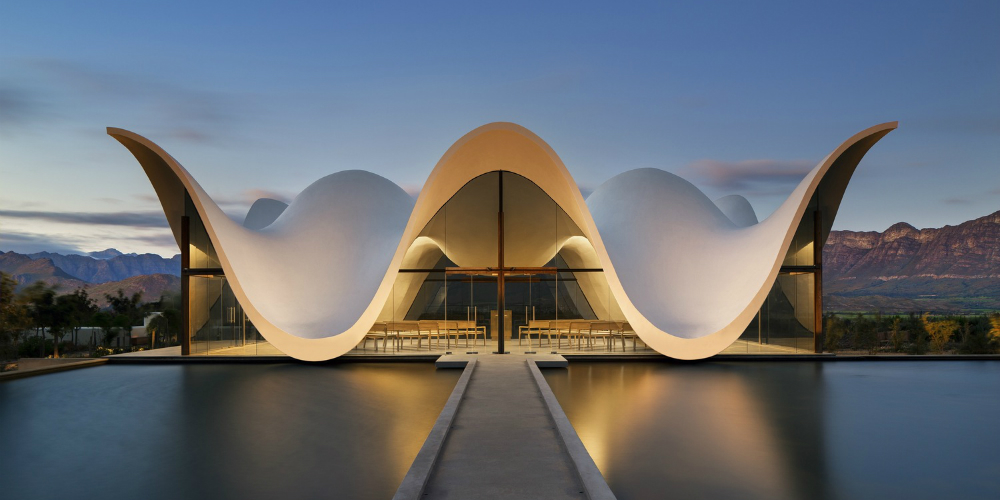
Architectural photography is a type of photography that focuses on the visual aspect of buildings and other structures. Using various lighting and angles, architectural photographers capture the beauty and unique qualities of a structure, creating an image that can be used for a variety of purposes. Architectural photography requires a great deal of technical skill, as well as an understanding of the structure itself.
Photographers must be able to accurately capture the angles, dimensions, and lines of a building, while also taking into account the surrounding environment and any added elements that could affect the overall composition. Photographers also need to be aware of lighting and weather conditions, as these can drastically alter the appearance of a structure.
The result of architectural photography can be used for a variety of purposes, such as advertising, brochures, magazines, websites, and books. It can also be used for interior design and renovation plans. Professional architectural photographers often collaborate with architects and designers to create a complete package of images that best represent the structure.
In addition to the use of photography in design and advertising, architectural photography is also used for documentation purposes. Photographers may be commissioned to document buildings or other structures for historical records or to capture a certain moment in time.
Additionally, they may be hired to capture the process of a structure’s construction, which can be used for promotional or educational purposes.
Architectural photography is an incredibly rewarding profession, as it allows photographers to capture the beauty of buildings and other structures in a unique and creative way.
You may also like:
- Top 10 Reviews of the latest photography equipment
- 20 Killer Photography Tips with a Phone
- Top 5 Cameras For Photography
- 14 Photography Tips For Beginners
- Basic 7 Types Of Photography
